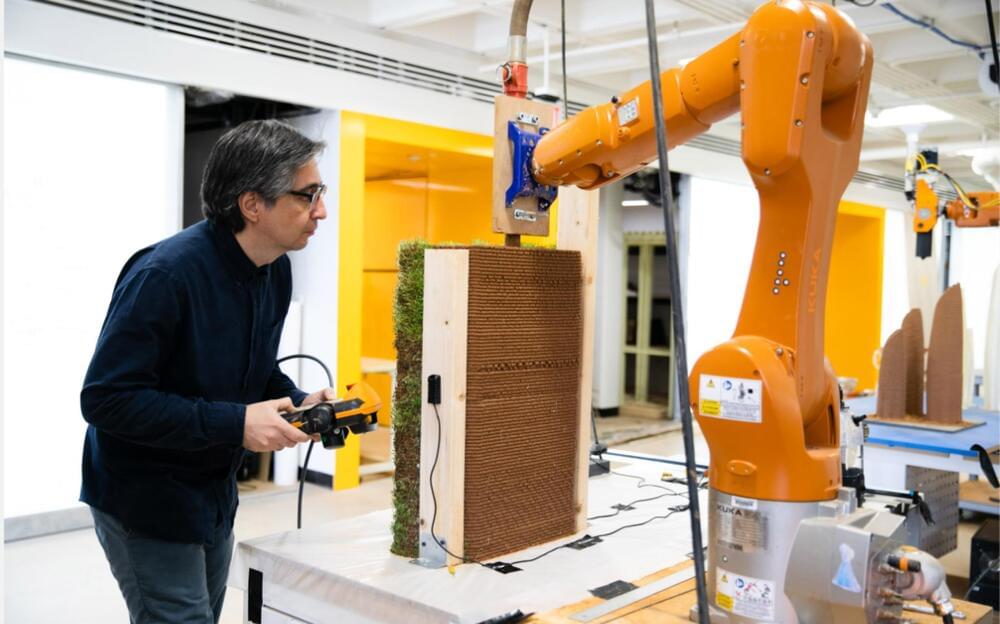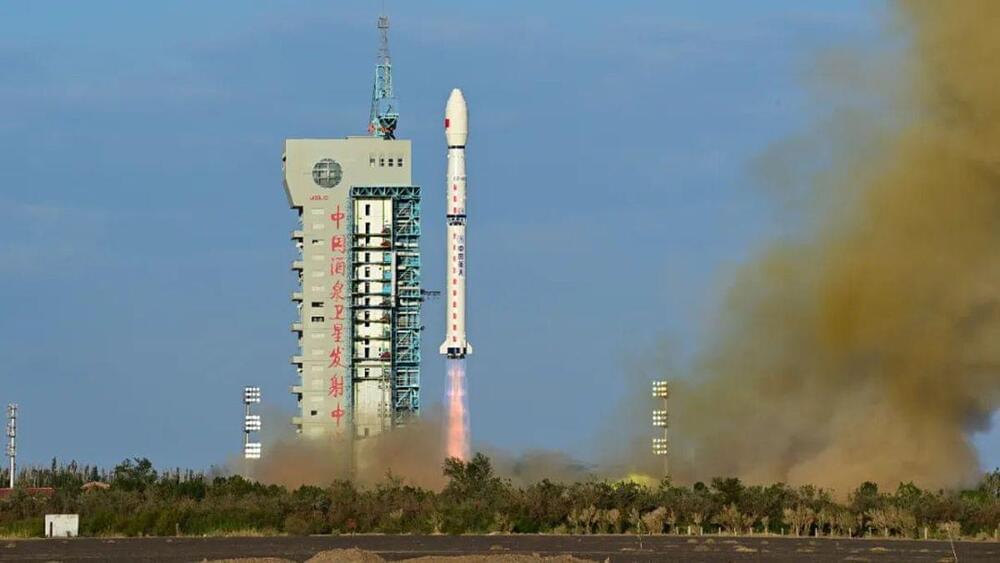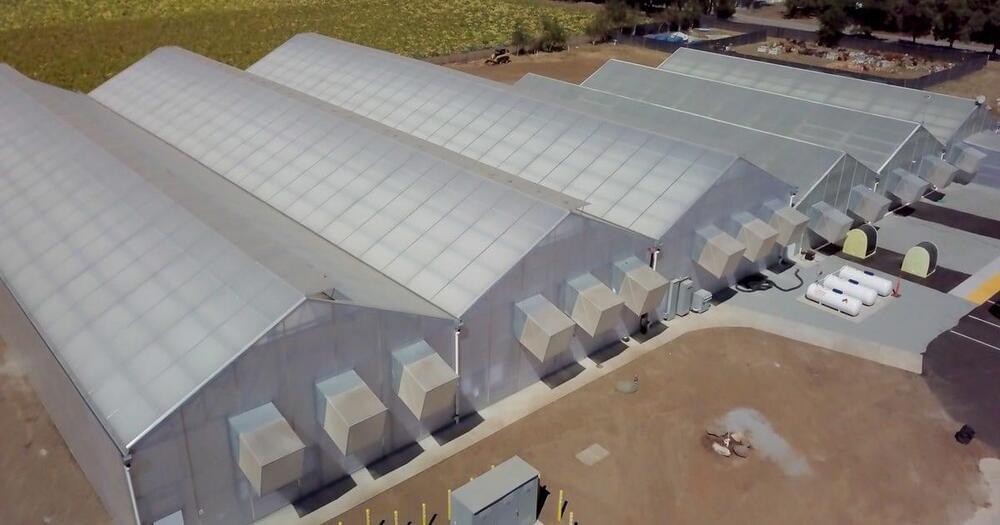They created a cylindrical prototype resembling a Chia pet.
We can observe how far the architecture has progressed with the developing technology today. Referring to this, we have even seen houses made with 3D printing technology.
Now, a group of scientists from the University of Virginia is raising the bars of 3D printing technology by producing 3D-print soil structures which can grow plants on their surfaces.









